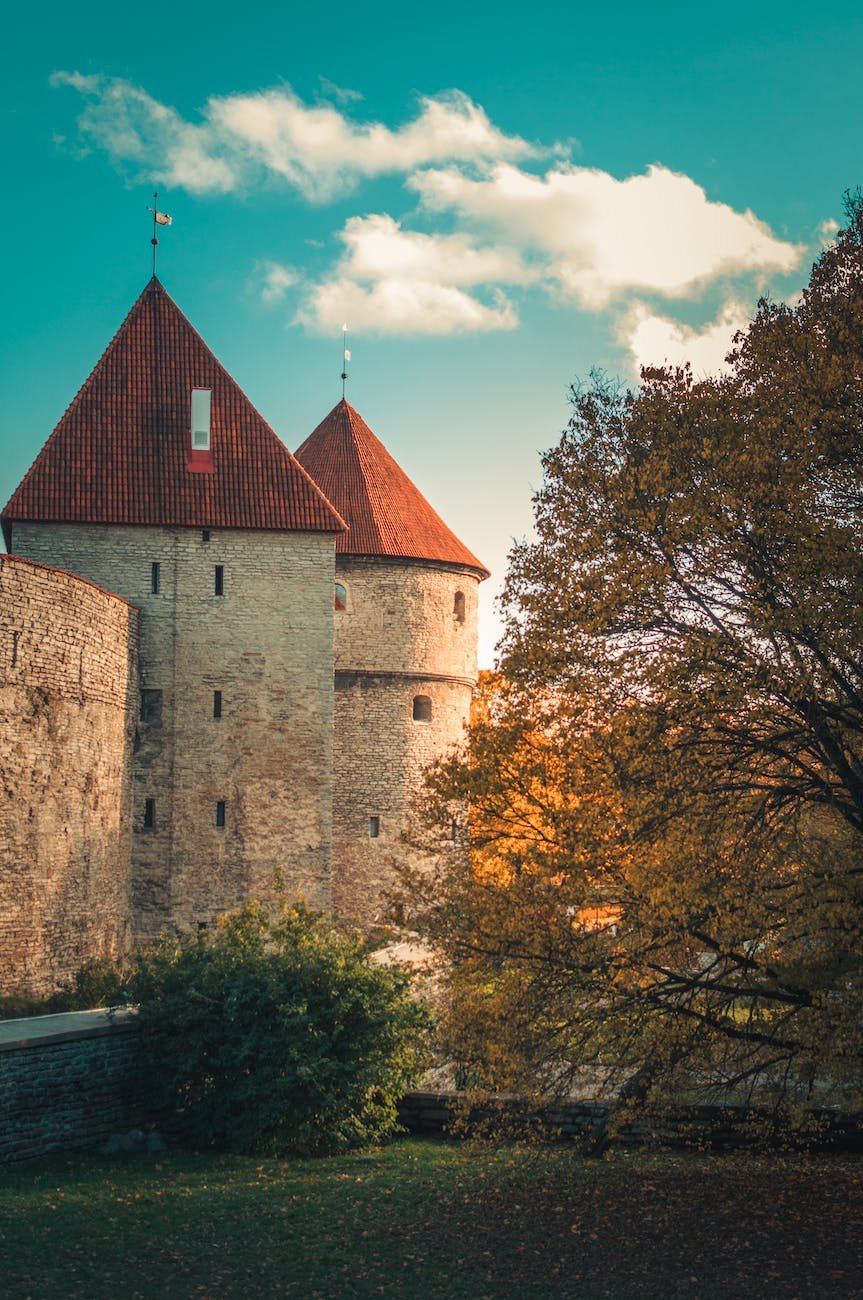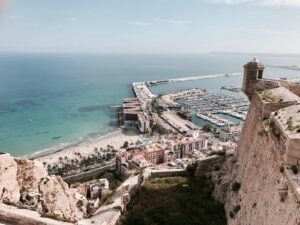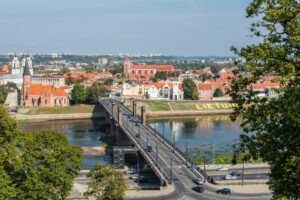Top places to visit in Tallinn

Photo by Hert Niks on <a href="https://www.pexels.com/photo/photo-of-castle-exterior-3224113/" rel="nofollow">Pexels.com</a>
- The Tallinn Old Town: A well-preserved medieval town, the Tallinn Old Town is a must-visit for anyone coming to Tallinn. The old town is a UNESCO World Heritage site and is known for its well-preserved Gothic, Renaissance and Baroque architecture, cobbled streets, and charming squares. Visitors can stroll through the old town and see historic landmarks such as the Tallinn Town Hall, Toompea Castle, and St. Olaf’s Church.
- The Tallinn Town Hall: A historic building located in the heart of the Tallinn Old Town, the Tallinn Town Hall is a great place to learn about Estonian history and architecture. The town hall was built in the 14th century and is one of the oldest in Northern Europe. Visitors can take a guided tour and learn about the history of the building and the role it has played in Tallinn’s past.
- The Toompea Castle: A castle located on a hill, the Toompea Castle offers beautiful views of the city and is a great place to learn about Estonian history. The castle was built in the 13th century and has been used as a fortress, a residence for the nobility, and as the seat of the Estonian government. Visitors can take a guided tour and learn about the castle’s history and architecture.
- The St. Olaf’s Church: A historic church with a tall spire, St. Olaf’s Church is a great place to learn about Estonian religion and see impressive architecture. The church was built in the 13th century and is one of the tallest structures in Tallinn. Visitors can climb to the top of the tower for panoramic views of the city.
- The Tallinn City Museum: A museum showcasing Tallinn’s history and culture, the Tallinn City Museum is a great place to learn about Tallinn’s past and heritage. The museum has exhibitions on Tallinn’s history, including its medieval past and its role as a hub of trade and commerce. Visitors can also see historical artifacts and learn about Tallinn’s cultural heritage.
- The Kadriorg Palace: A beautiful palace, the Kadriorg Palace is a great place to learn about Estonian history and architecture. The palace was built in the 18th century for Catherine I of Russia and is now home to an art museum. Visitors can tour the palace and see its beautiful gardens and art collections.
- The Kumu Art Museum: Estonia’s national art museum, the Kumu Art Museum is a great place to learn about Estonian artists and see a diverse collection of art. The museum has a collection of Estonian art from the 18th century to the present day, including works by famous Estonian artists such as Eduard Wiiralt and Konrad Mägi.
- The Estonia National Opera: A beautiful and historic theater, the Estonia National Opera is a great place to see a performance or take a guided tour. The theater was built in 1913 and is one of Tallinn’s most important cultural landmarks. Visitors can attend a performance or take a tour to learn about the theater’s history and architecture.
- The Tallinn TV Tower: A tall tower offering panoramic views of Tallinn, the Tallinn TV Tower is a great place to see the city from above. The tower is the tallest structure in Tallinn and visitors can climb to the top for 360-degree views of the city and its surroundings.
- The Tallinn Song Festival Ground: A historic ground, the Tallinn Song Festival Ground is the place where the Estonian Song Festivals take place every five years. The ground is an important cultural site and symbolizes Estonian unity and national identity. Visitors can learn about the history of the song festivals and their role in Estonia’s cultural heritage.






